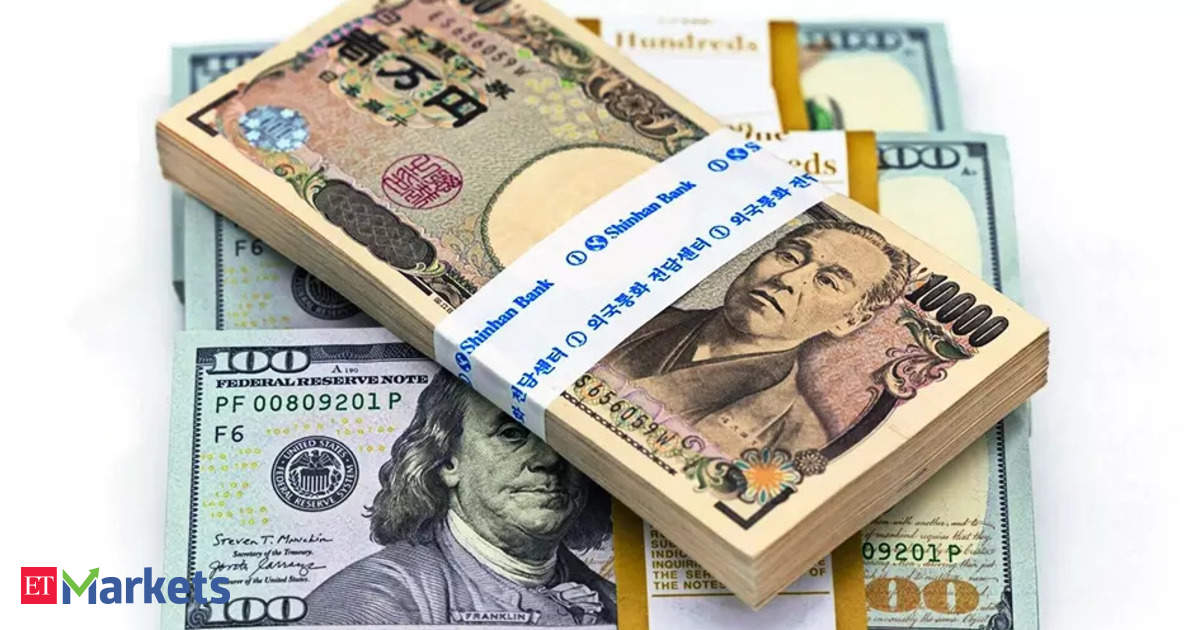Yen eases despite intervention threat, Aussie steady before RBA
The gained 0.22% to 154.235 yen in early Asian trading, adding to its 0.58% rally from Monday.
On Friday, it sank as low as 151.86 yen for the first time since April 10, as softer-than-expected monthly U.S. jobs data added to the losses following what data suggested may have been a total of some 9 trillion yen ($58.37 billion) in official intervention.
Japan's Ministry of Finance has refrained from commenting on whether it was behind the dollar selling, but top currency diplomat Masato Kanda repeated on Tuesday that the government "will continue to take the same firm approach" to disorderly yen moves.
However, with a likely to take some time and the BOJ taking a cautious approach to tightening following its first rate hike since 2007 in March, the gap between ultra-low Japanese long-term yields and their U.S. counterparts is a vast 370 basis points.
"USD/JPY likely remains attractive to market participants because of the still wide U.S.‑Japan interest rate differentials and healthy risk appetite," Carol Kong, a at Commonwealth Bank of Australia, wrote in a client note.
"The risk is USD/JPY creeps back up and forces Japan's Ministry of Finance to intervene," but barring that, the dollar is likely to see a period of consolidation into the Bank of England on Thursday, she said.
The U.S. dollar index - which measures the currency against six major peers, including the yen, sterling and - was little changed at 105.13, after dipping as low as 104.52 on Friday.
The euro was steady at $1.0765 and sterling was flat at $1.2565.
The Aussie edged up 0.17% to $0.6636, heading back towards the high of $0.6650 from Friday, a level last seen on March 8.
All but one of the 37 economists surveyed in a Reuters poll expect the RBA to keep rates on hold, with the other predicting a quarter point rate hike, amid stubbornly high .
At the RBA's last meeting in mid-March, policymakers watered down their tightening bias, although Bullock declined to say whether policy has shifted to neutral, saying risks were "finely balanced", and pushed back immediate rate cuts.
"A different set of would have had the policy rate higher sooner on the same set of data," Taylor Nugent, a markets economist at National Australia Bank, wrote in a note.
"The RBA's stripes as a reluctant hiker have left the near-term risks from May to August to a hike rather than a cut, even at this late stage of the tightening phase."
Source: Forex-Markets-Economic Times
